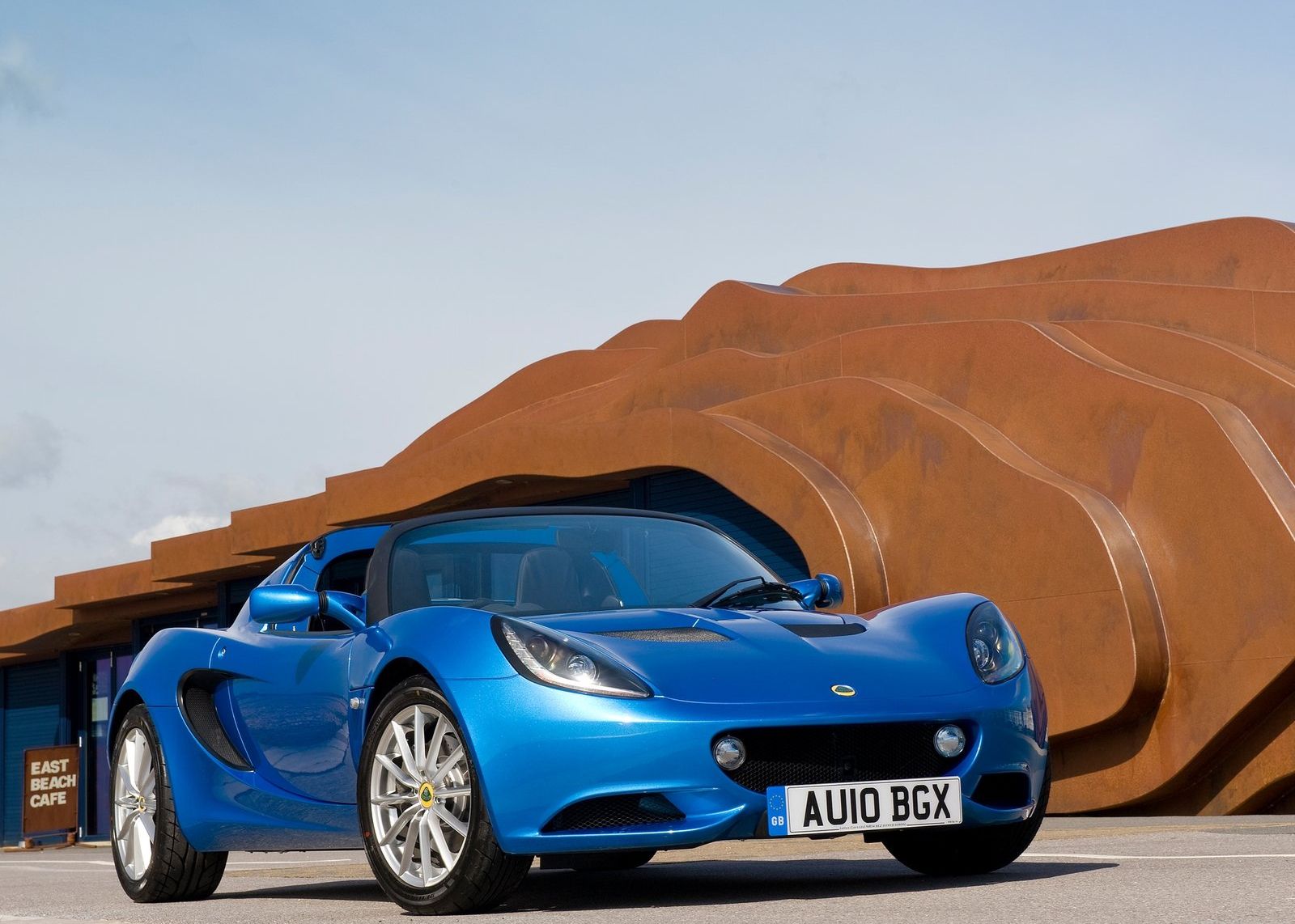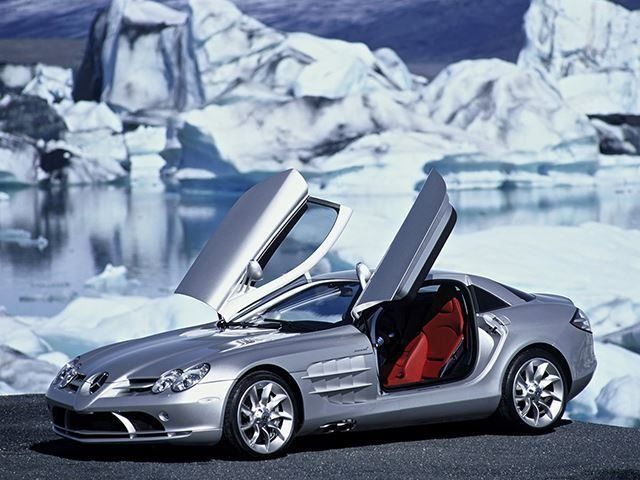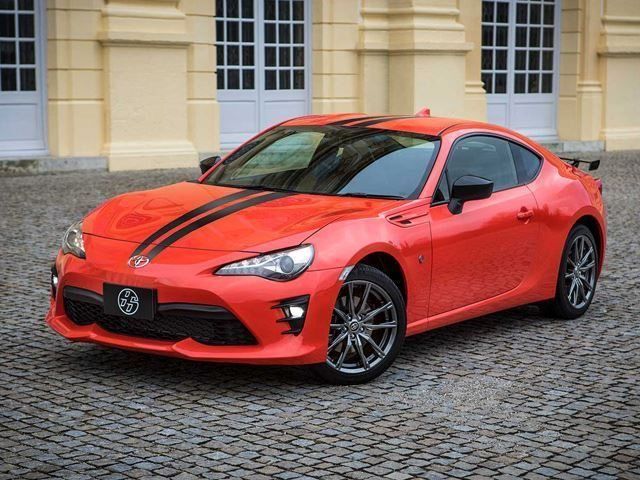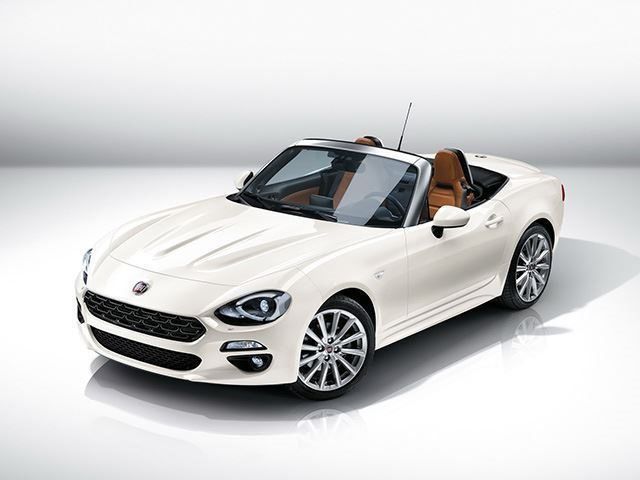
In some cases, a car is simply too ambitious for a single company to produce. In these rare instances, the car will simply not be built or a partnership will be formed with another company that has the expertise to get it done. It's not always easy for an automaker to admit that it needs help to build a car, but we have seen joint-venture projects yield fantastic results. We can't wait to see what the co-developed sports car from BMW and Toyota will look like, but in the meantime, here are our five favorite joint-venture cars from the past.
When Mercedes wanted to build a world-beating hypercar back in 2003, it called the right partner. McLaren was well known as a Formula 1 team and for its world-beating road car, the F1. Clearly Mercedes went to the right people to help it build the SLR. Unlike the Ferrari Enzo and Porsche Carrera GT, the Mercedes SLR McLaren wasn't a conventional hypercar. It was more of a GT car and was much more forgiving to drive than its rivals. The SLR was still incredibly fast thanks to a hand-built, supercharged 5.4-liter V8 which produced 617 hp and 580 lb-ft of torque. 0-60 mph took just 3.4 seconds, which made it one of the fastest cars in the world when it was new.
The Carlton was the unlikely result of Lotus working with GM to build a sport sedan. Lotus had previous experience turning the Ford Cortina into the sporty Lotus Cortina and the Carlton may have been the company's best work. The US market never received the Lotus Carlton, but they are now 25-years old and available for import. The Lotus Carlton was powered by a twin-turbo straight-six engine with 377 hp. This gave the car a 177 mph top speed, which was absolutely bonkers back in the 1990s. Even today this sedan would still be considered incredibly fast. It only came with a six-speed manual from the Corvette, which made this car even more badass.
The Carlton may have been the best GM-Lotus mashup, but it wasn't the final time that the two worked together. Back in 1999, Lotus needed to replace the original Elise because of new crash standards for the 2000 model year. Lotus struck a deal with GM to build the Opel Speedster and Vauxhall VX220 based on the new Series 2 Elise chassis. The Elise used a 1.8-liter engine from Toyota, while the GM cars were designed to use a 2.2-liter Ecotec engine from the Astra. GM even built a turbocharged 2.0-liter version which produced 200 hp. This was easily the most hardcore, lightweight sports car GM has ever produced, and we would love to see Lotus work with larger companies to produce cool cars like this today.
When we first learned that Toyota and Subaru were working together on a sports car, we couldn't help but laugh. Toyota hadn't built anything cool since the Supra and Subaru was almost equally as boring except for the niche WRX and STI models. What these two companies were able to produce turned out to be everything that enthusiasts were asking for. The car has gone by many names, BRZ, GT-86, 86 and FR-S, but the results are always the same. This car is lightweight, cheap and a ton of fun to drive. Everyone complains that it doesn't have enough power, but there are plenty of other cars that offer more. Enthusiasts are just impossible to please. Toyota and Subaru have built a fantastic car.
When we first learned that Fiat and Mazda were working on rebranding the Miata, we were extremely happy. The resulting car was supposed to be a reborn Alfa Romeo Spider, but we ended up with the slightly disappointing Fiat 124 Spider. We don't dislike the 124, we just would have liked it a little better if it was an Alfa Romeo. Still, the 124 offers something that world has been begging for since 2004, a turbocharged Miata. Even though the 124 barely offers more horsepower than the Miata (160 and 155 respectively), the turbocharged engine in the 124 can be tuned to produce more. We wanted a bit more from the 124, but we are still glad that it exists.



